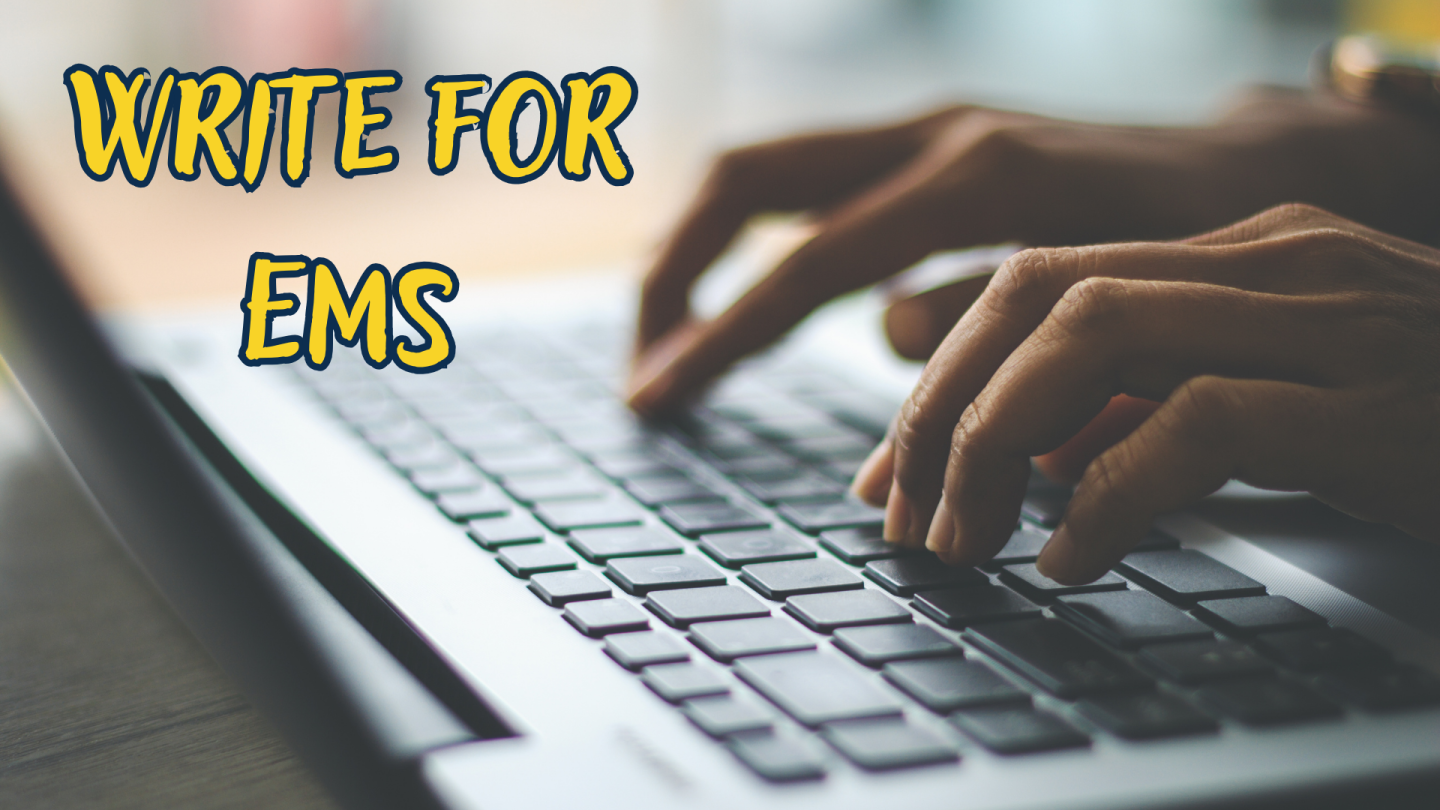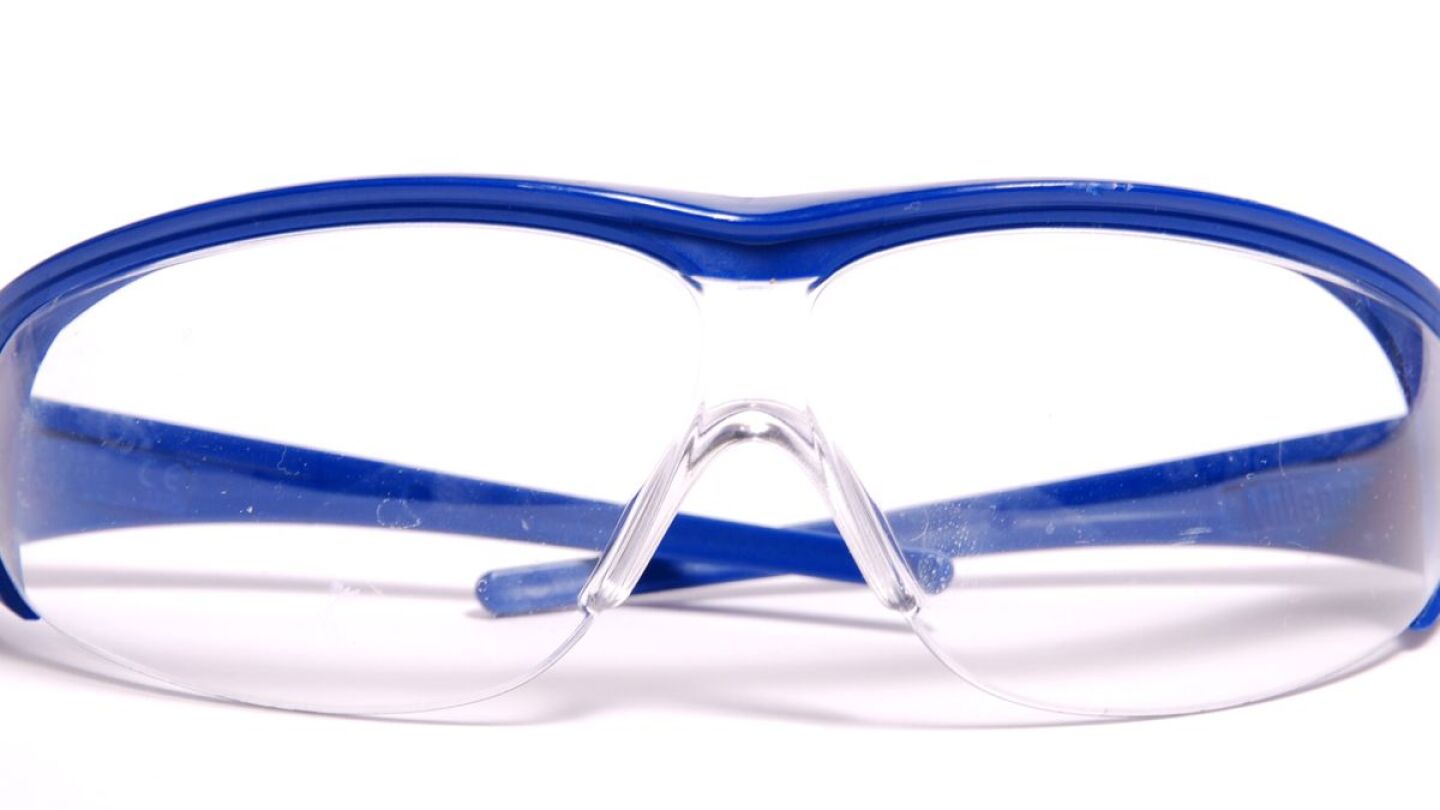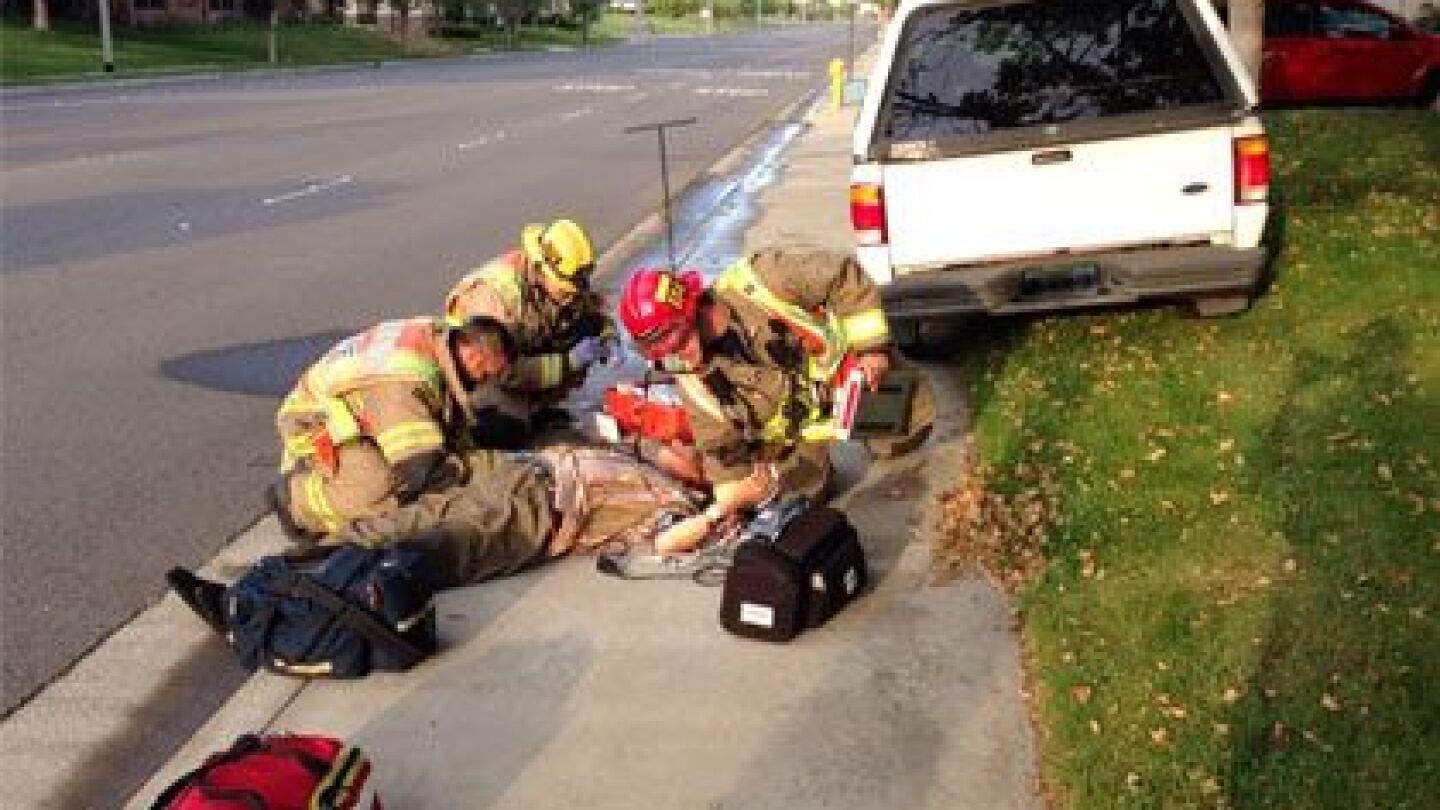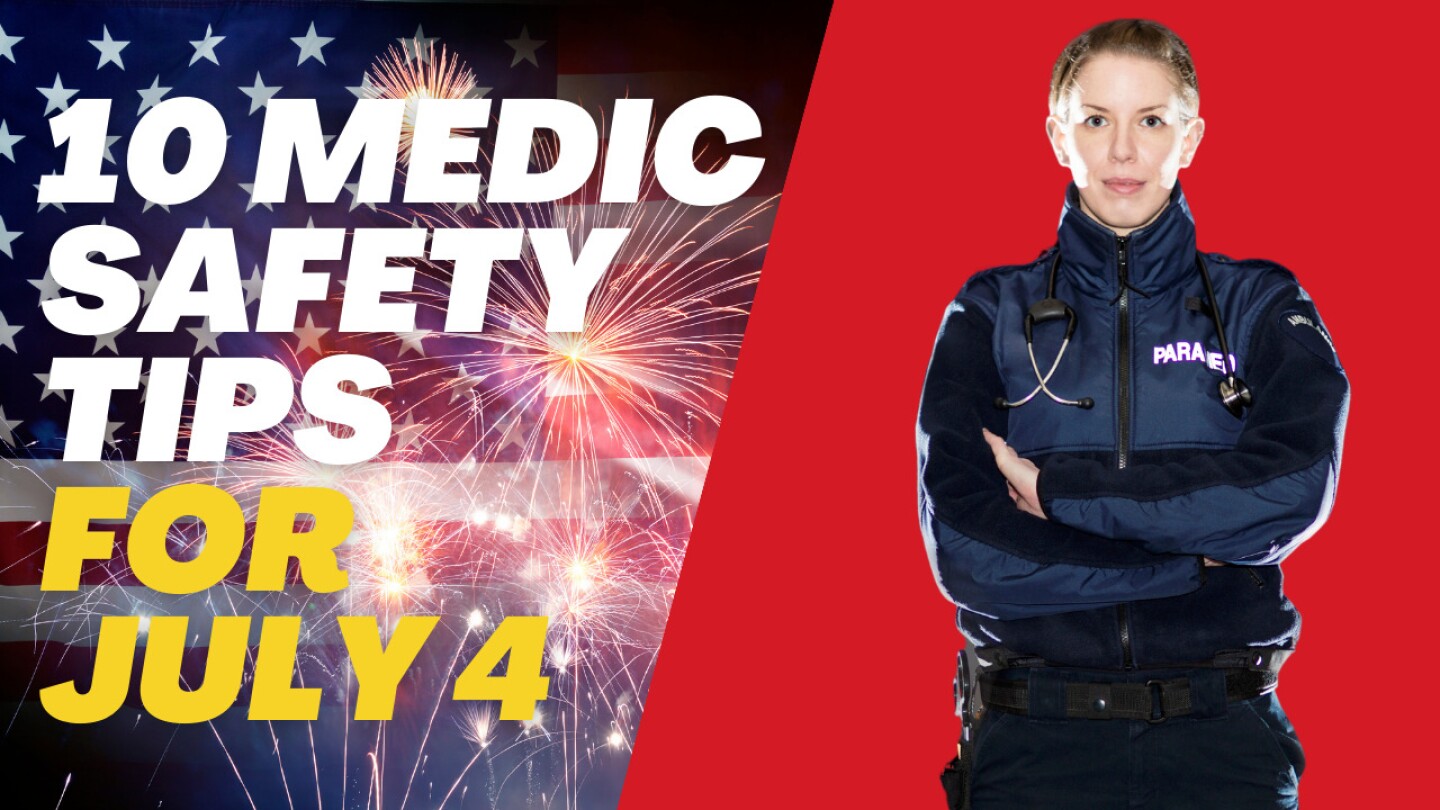Evergreen
Capnography and ETCO2 monitoring are critical for assessing ventilation, confirming airway placement and guiding resuscitation
Monitoring AVPU and other vital signs will help determine if the patient is improving, worsening or responding to treatment
Avoid false blood pressure readings that could impact patient care. Discover the most frequent BP measurement mistakes and expert-backed techniques for accuracy.
What are the most important things to remember when treating a patient with a history of diabetes?
There are more opportunities than ever to become a published writer
Use the ePCR to showcase your skills, knowledge and professionalism
The patient care report needs to clearly and consistently demonstrate that patients received good patient care
We owe it to ourselves and our families to understand and use the PPE designed to protect us from line of duty injury or death
This phrase has an amazing ability to get people in the middle of an angry rant to stop, listen, and reframe their argument
You haven’t been in EMS long enough if you don’t yell “Clear right!” when you’re driving off-duty
When assessing and treating patients in a cold environment, do these simple things to help prevent heat loss and improve heat retention
Everything from outdated strips to poor timing can lead to wrong glucose measurements, but here’s how to reduce errors
In EMS there isn’t anything more frustrating than a screaming, punching or spitting person with acute alcohol intoxication
Keep the following tips in mind when you encounter a patient who has had too much to drink
When the conditions are ripe, the distinction between intoxication and a diabetic emergency can easily be blurred
Identifying significant GI problems and providing initial care may help improve the chances of recovery for patients who experience true GI emergencies
You respond for a call for a 34-year-old that woke up with abdominal pain; did you get the diagnosis right?
Consider the potential diabetic diseases processes when assessing and managing any patient with altered mental status
Try these six tips to take some of the pressure off of getting a blood pressure
The balance between the sympathetic and parasympathetic nervous system keeps our automated body functions working properly
To lead and inspire an EMS team, motivation must first come from within
It may not be poor brain integrity that is causing a lack of response to a sternum rub, but an inadequate length of time the sternum rub is applied
Follow these steps to facilitate a successful outcome for dealing with emergencies involving kids
The EMS radio report communicates vital information to help the hospital prepare for the patient’s arrival
Find out if you are on the road to a successful EMS career or on a short trip to burnout
The Independence Day holiday can increase the number of intoxicated patients and bystanders you’re likely to encounter on your shift so be careful out there
Learn how to separate atrial activity from ventricular activity when interpreting a rhythm strip and the atrial flutter waves will stand out
Understand why blood pressure and heart rate may not be a good early indicator of a hypovolemic shock state
To make an effective splint, focus on the craft rather than focusing on the device
As a medic you are a caregiver and a human body mechanic, not a parts replacer; educate yourself like one
TEMS medics need to be in top physical condition to respond with and care for SWAT officers
Use these tips to pick the stethoscope best for you and to use it correctly on every patient
How to use the lost art of auscultatory percussion to evaluate suspected long bone fractures


































